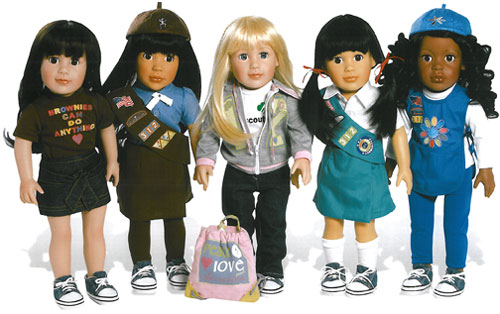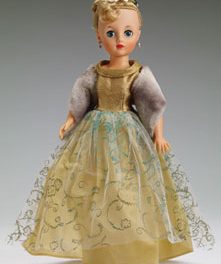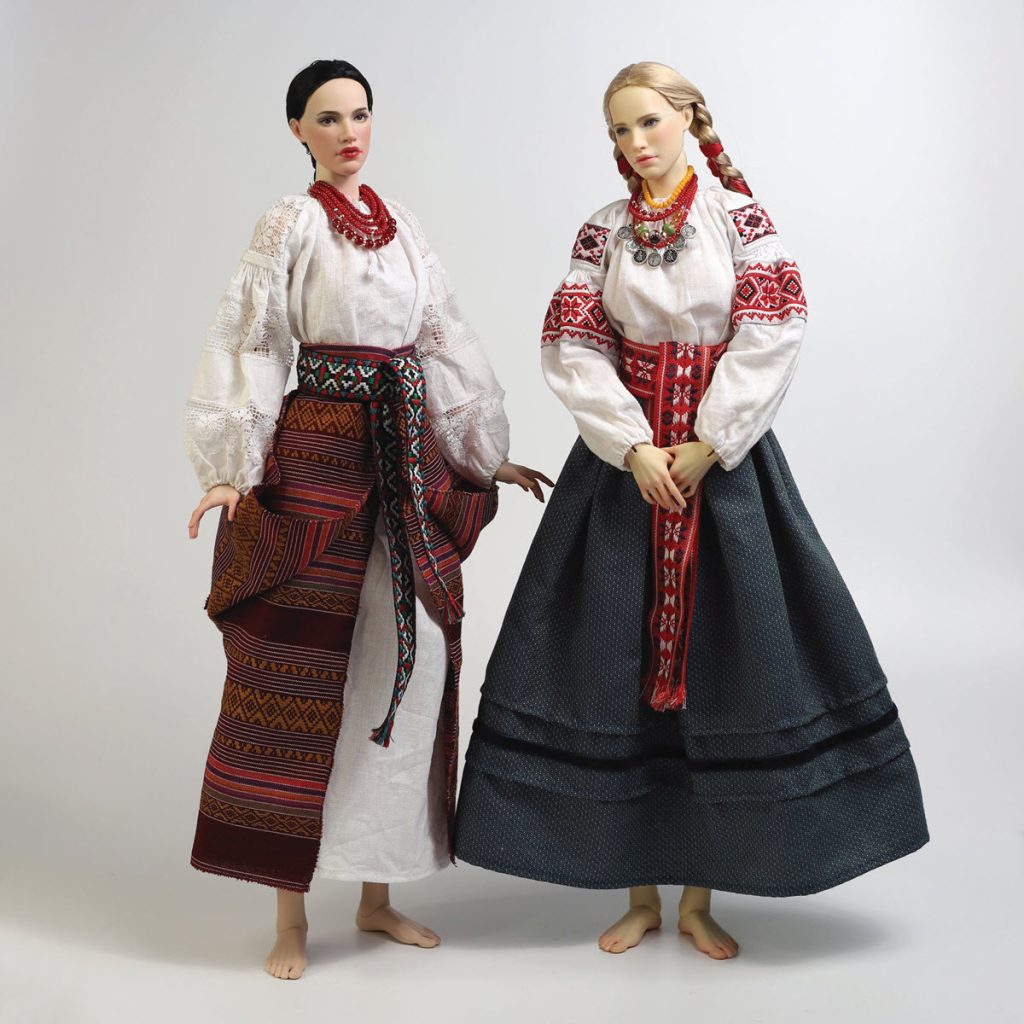
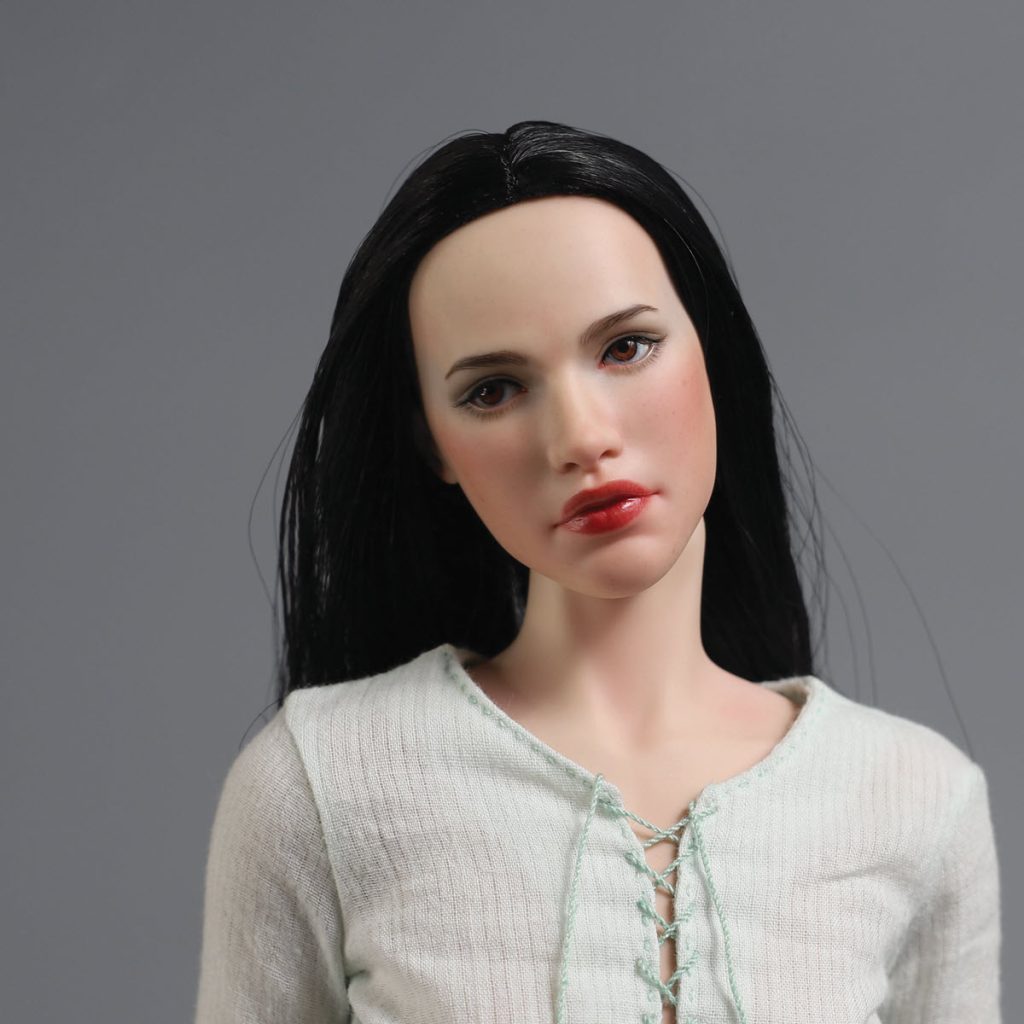
Iryna Ivakhnenko Produces Realistic and Whimsical BJDs
By Hannah Kelley
Circumstances undoubtedly have the potential to create barriers, both physical and mental, but they can also produce unexpected opportunities. Iryna Ivakhnenko grew up in Kyiv, Ukraine, in a time when finances were tight and available dolls were relatively basic. Rather than passively accepting the economic constraints, however, she made the most of her situation and began dreaming up dolls of her own. Her earliest creations foreshadowed a future designing ball-jointed dolls.
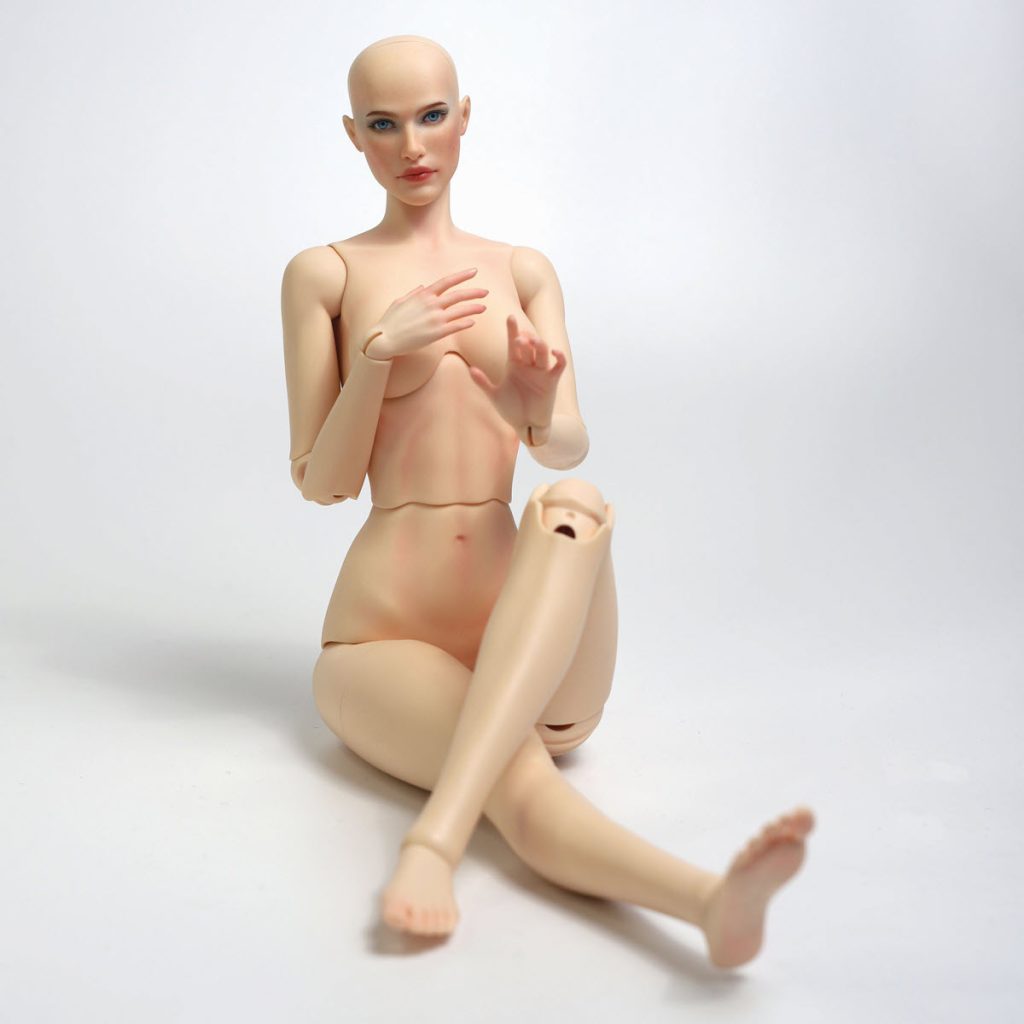
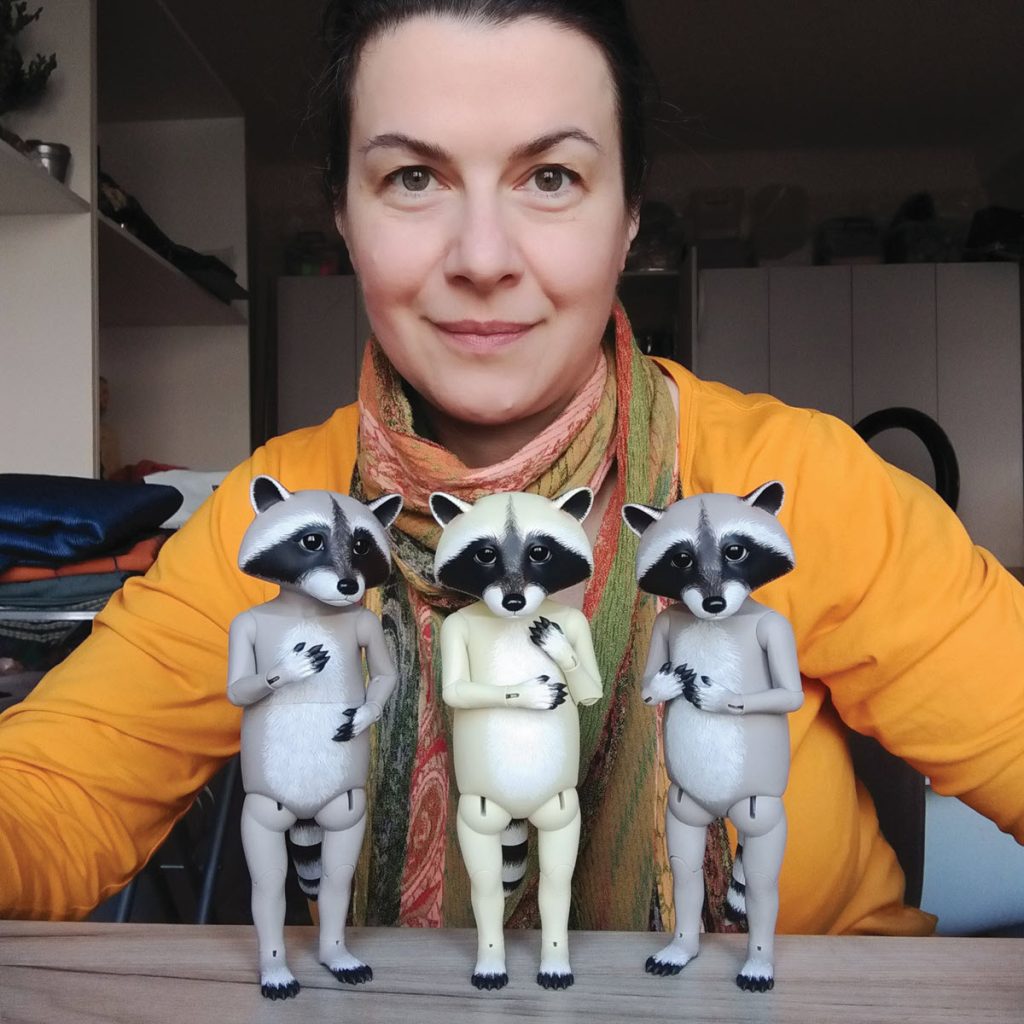
A Gradual Progression
Ivakhnenko’s parents both worked full time as technical engineers, so the budding artist was often cared for by her maternal grandmother, who was a teacher. “I loved to do various arts and crafts, and I have an innate talent for them that opened up early,” Ivakhnenko said. “We didn’t have much entertainment back then, so I drew a lot, made clothes for my dolls, created tiny furniture out of paper scraps and putty, and so on.” She used stiff paper to construct dolls, to which she added joints.
Despite having an affinity for the arts and a passion for dollmaking, Ivakhnenko opted to study production management for shoe manufacturing at university. After graduation, she spent a decade working in quality assurance for an IT company and crafting BJDs on the side. There came a point when Ivakhnenko knew she had advanced as far as she could in the IT field and working on dolls full time had become a viable option. She said, “At the moment I left my QA job, I had five years of dollmaking behind me, including several successful BJD releases. So, it wasn’t a jump into the void, but rather an evolution.”
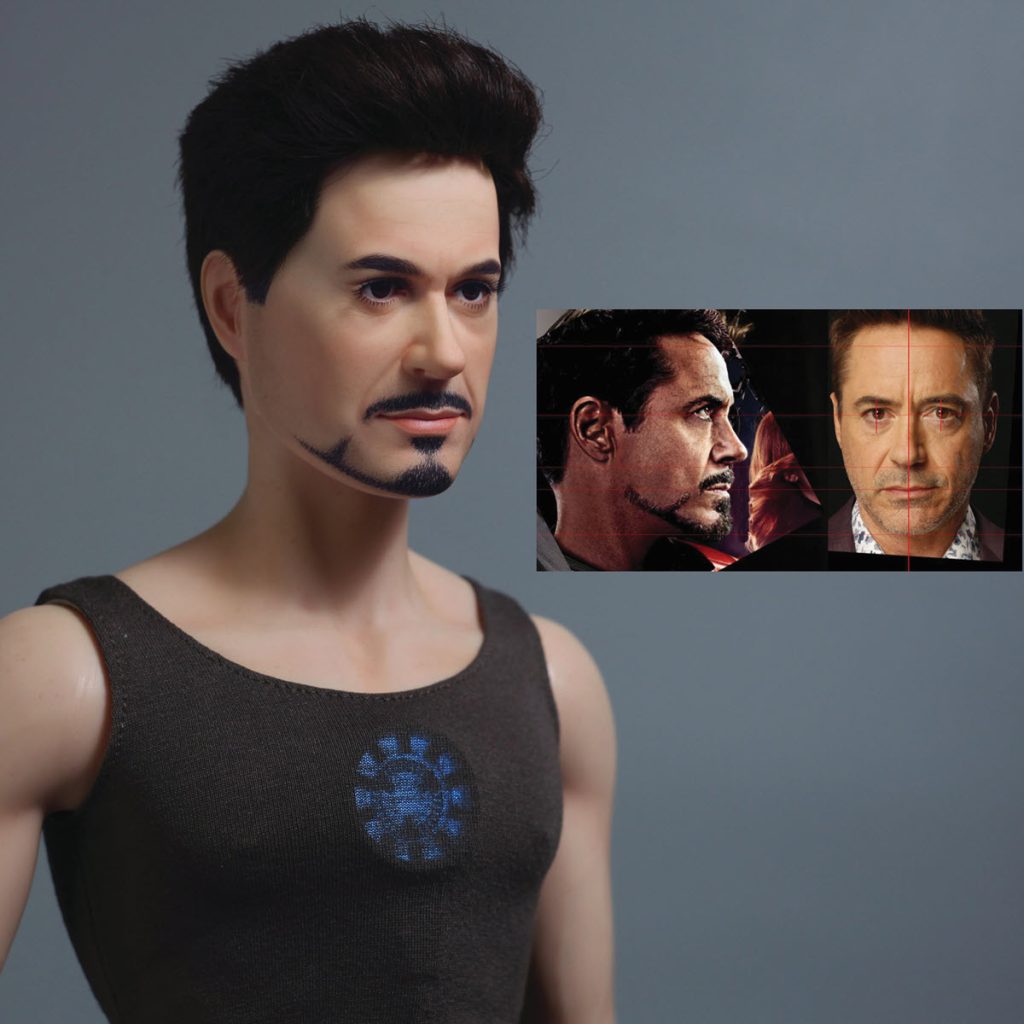
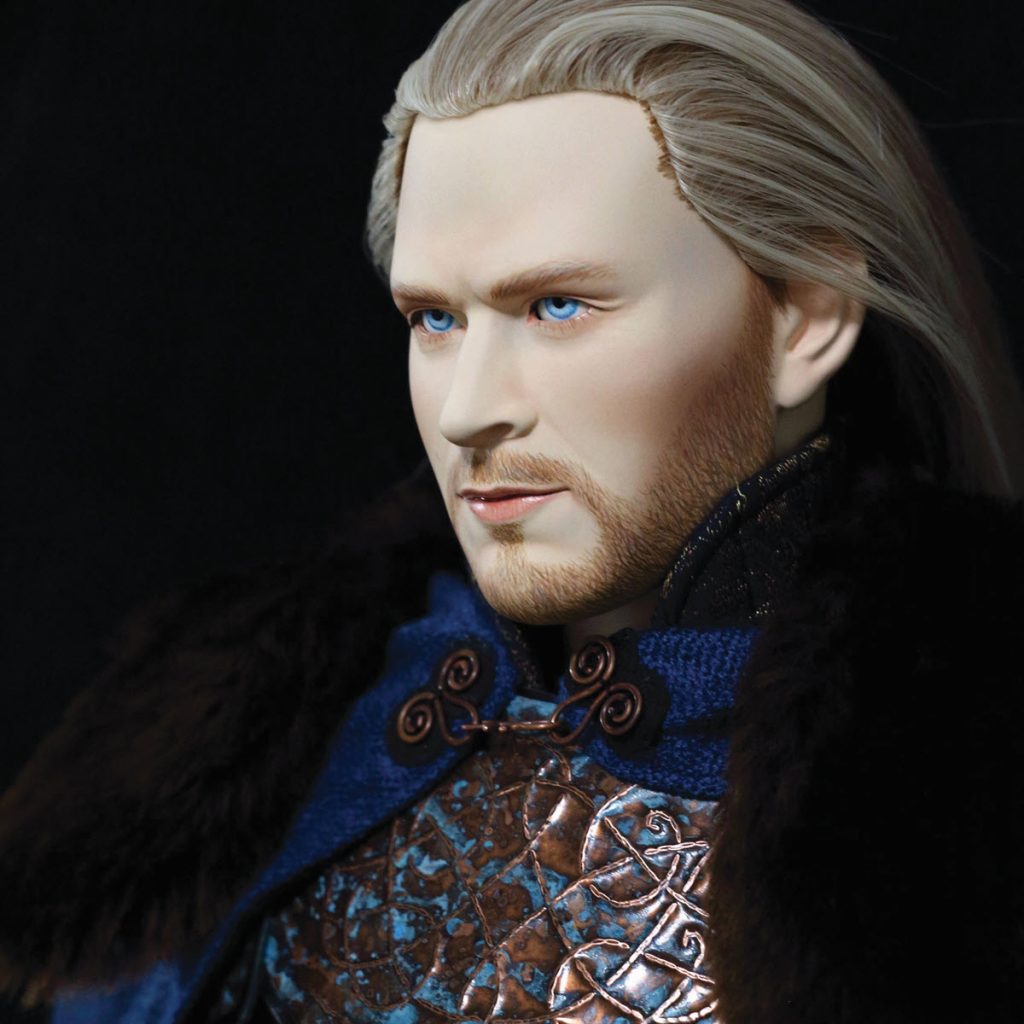
More interested in the creative aspects than collecting, Ivakhnenko’s progression to sculpting began with a desire to customize dolls. She said, “I purchased my first BJD, and I decided that I wanted to do his face-up by myself, rather than commission it.” Although she had no formal art training, the results were satisfactory, which Ivakhnenko attributes to her years of experience with drawing. From there, she set about sculpting heads and putting them on the bodies of dolls from companies like SOOM and Iplehouse.
Natural ability, practice, and a keen sense of observation were essential for sculpting the heads, and even more so when it came to the bodies. “My very first BJD was done out of DAS clay,” Ivakhnenko said. “I did simple single ball joints in both elbows and knees. I had a lot of mistakes in the body, as I’d never seen BJDs in person and was unaware of the inner structure.” Finding online tutorials from fellow dollmakers allowed her to learn new tricks of the trade and improve her designs. Manuna Mouse was Ivakhnenko’s second BJD, and the artist said this one turned out much better. The doll was made available for sale after receiving positive feedback from the BJD community.
With every new business comes the challenge of deciding on a name. Asked how she arrived at Whispering Grass, Ivakhnenko said, “It was a tough choice for me, as I had to come up with a name that would be associated with my dolls through the years. I wanted to show my adoration of nature and connection with it. I also wanted to express the dynamics, organic shapes, and smooth wavy lines that are so typical in nature, unlike blocky human designs.”
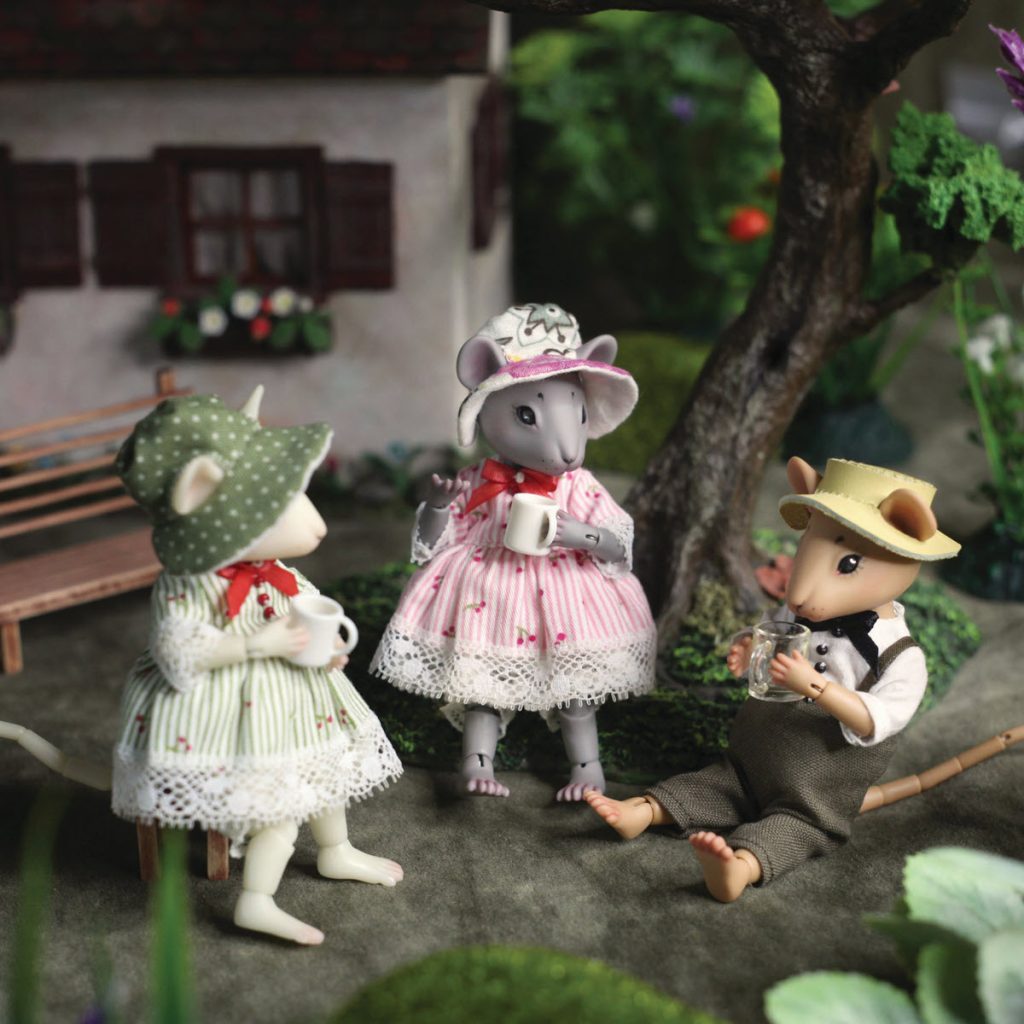
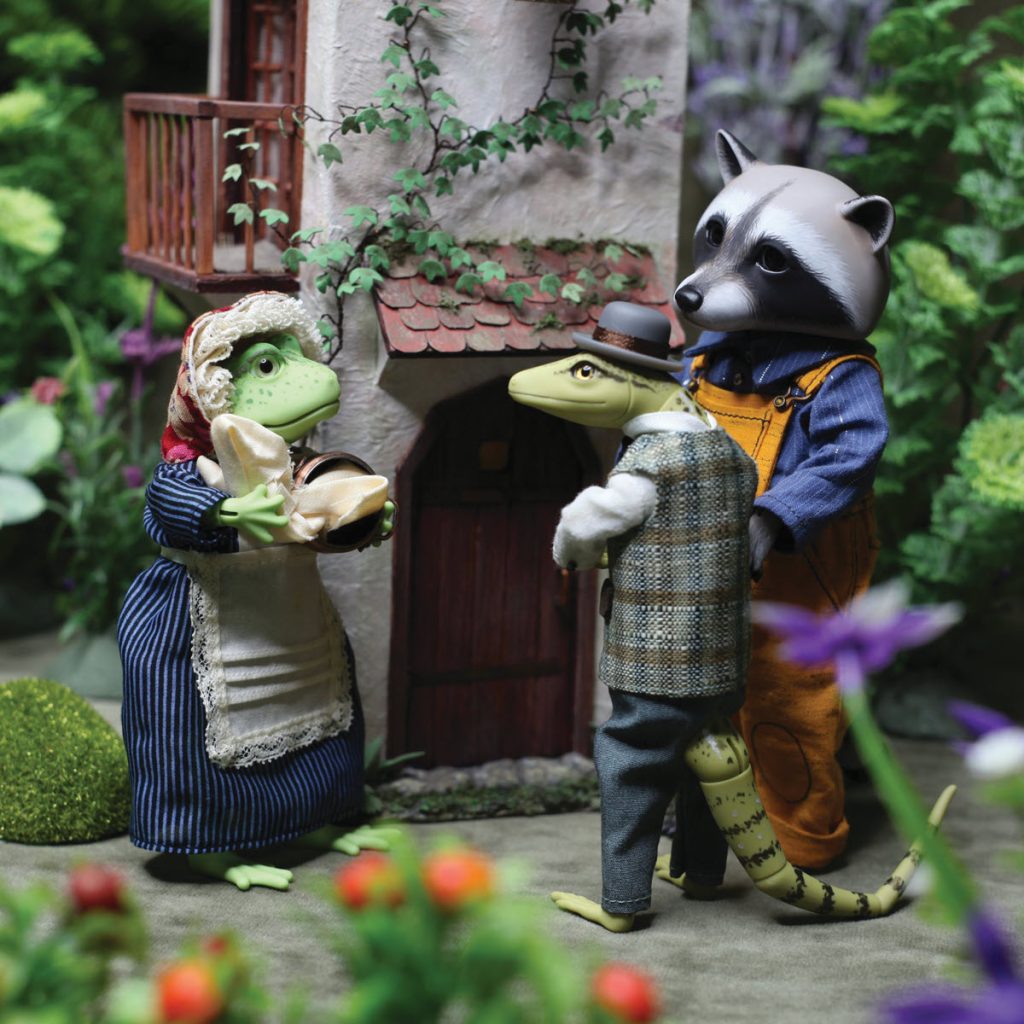
Dollmaking as a Career
These days, Ivakhnenko works quietly in a room dedicated to her dollmaking. She said the space is a bit messy, like most work areas generally are, but she pays great attention to the storage of her supplies. This allows her to switch easily between different tasks.
Her sculpts range from celebrity heads to a BJD based on a character from a fantasy novel she wrote while at university — “It’s a completely custom world with its own lore, and the main character (Lio Farhan Ascker) is more like a trickster than a classical hero,” Ivakhnenko said. Although she has produced many animals, too, and finds them easier to make because they are more stylized than her realistic human figures, she said she is focusing on humans at the moment because there is greater demand for them. However, she hasn’t ruled out the possibility of adding to her Forest Dwellers series in the future, as she loves nature and animals and there is a list of creatures she has yet to make.
For her celebrity-inspired head sculpts, Ivakhnenko works with photos of the subject’s head from a variety of angles. Before 3D printing came along, Ivakhnenko would select a good front and profile view, scale the images, and superimpose lines over them. These allowed her to see the exact locations and proportions of the various features. Technology now enables her to insert these reference photos into the file she’s working on, and she digitally sculpts each new face on a digital template head she designed. When seeking feedback to make sure she has the look just right, she will share photos of her works in progress with others. She said, “It’s always amazing when strangers recognize a celebrity looking at my doll made after that celebrity.”
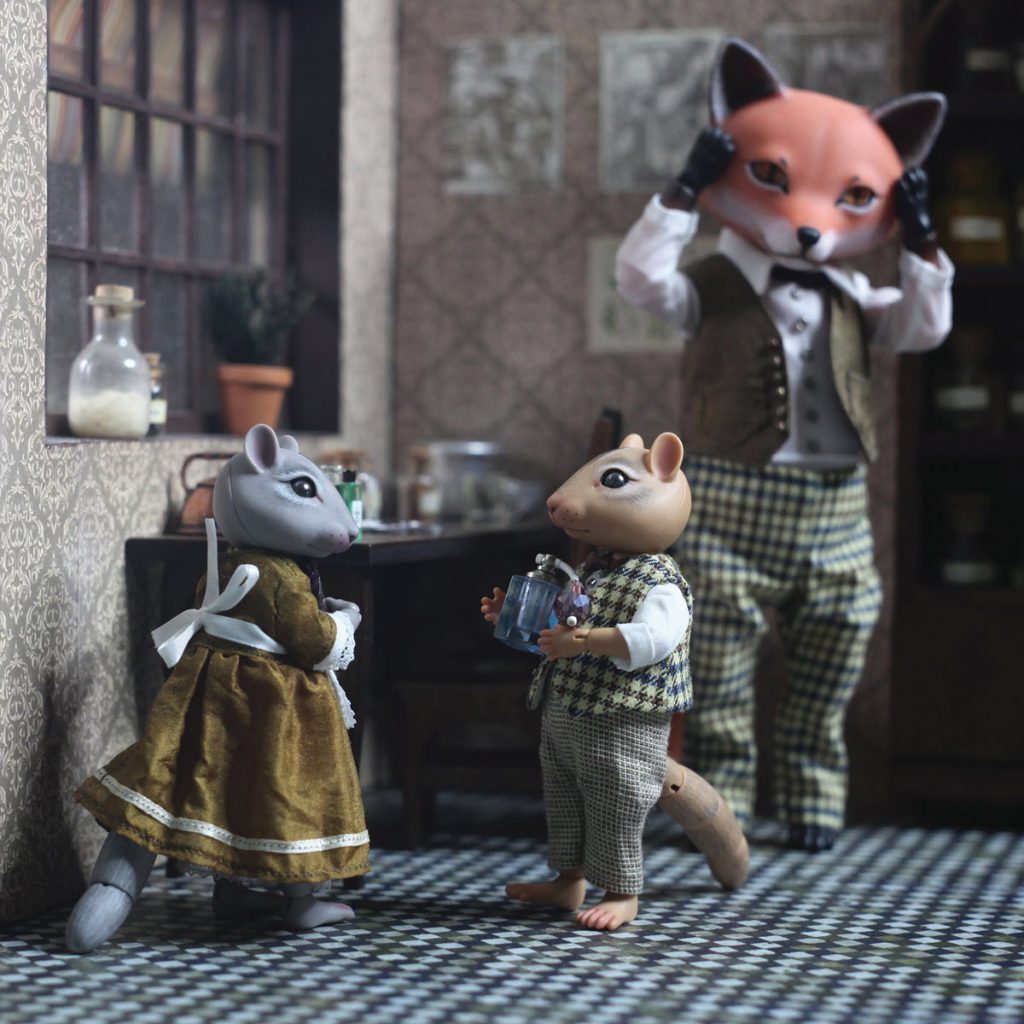

Ivakhnenko plans to sculpt more celebrities going forward, but she is working on a general line of BJDs as well, allowing for more interpretation and customization by collectors. She said, “I just released a new female Viburnum body, which will be available in 1:4 and 1:3 sizes, and a selection of molds will be available for that body as well. I also made jointed hands in both sizes.” From modifying joints to sanding the individual pieces, the process to refine a new sculpt is tedious and can take weeks, but Ivakhnenko intends to release something new almost every month, with announcements being made on social media.
“A BJD is a complex item, consisting of movable parts,” Ivakhnenko said. “While the appearance is important, mechanics are important too. I spent a lot of time perfecting my joints, so the customers have a great experience handling my dolls and playing with them. While it’s your right to put your BJD in a glass case, I created them for extensive play. They have no problems standing, holding poses, aren’t kicky, have a great movement range — definitely better than the average BJD has. That’s what I want from a doll, and that’s what I offer to you.”
In addition to the dolls themselves, she makes doll wigs, accessories, and clothes. The fabric sometimes dictates what she’ll make, due to its origin and appearance. Other times, she is motivated to make a specific type of ensemble and will conduct research and hunt for appropriate fabrics. “I was a period fashion enthusiast since early childhood. My obsession with princess dresses never passed but evolved into a deep understanding of the ways of fashion,” she said. As a side note, she mentioned, “It’s funny that after I decided to make doll shoes, I had to relearn the whole process, because making them by hand versus making them on a set of dedicated machines differs drastically.”
Drawing upon her earlier career, Ivakhnenko has put together a variety of tutorials that she hopes others can learn from. She said, “My QA experience helped me greatly in composing my BJD tutorials: part of our job was to write test cases for testing the software. Those test cases had to be complete, comprehensive, and understandable for every engineer. That’s how I make my tutorials.” The amount of time that goes into creating a high-quality tutorial can vary, but when factoring in the written explanations, photography, and layout process involved, it’s not surprising that some have taken a full work week to produce.
Even when a person is able to make a living doing what they love, it is important to have a healthy work-life balance. “Being a full-time BJD artist, I still consider myself a hobbyist,” Ivakhnenko said. “It’s my passion — I love playing with my BJDs and making stuff for them. Every artist should seek a balance of making something commercially to the existing demand and making something that brings them joy.” Within the past five years, Ivakhnenko has found what she describes as “the most perfect hobby for a BJD owner”: growing bonsai trees. She said, “You grow a tree in a small scale, the process needs a lot of patience, and you can customize your tree — that’s exactly what we do with our BJDs!”
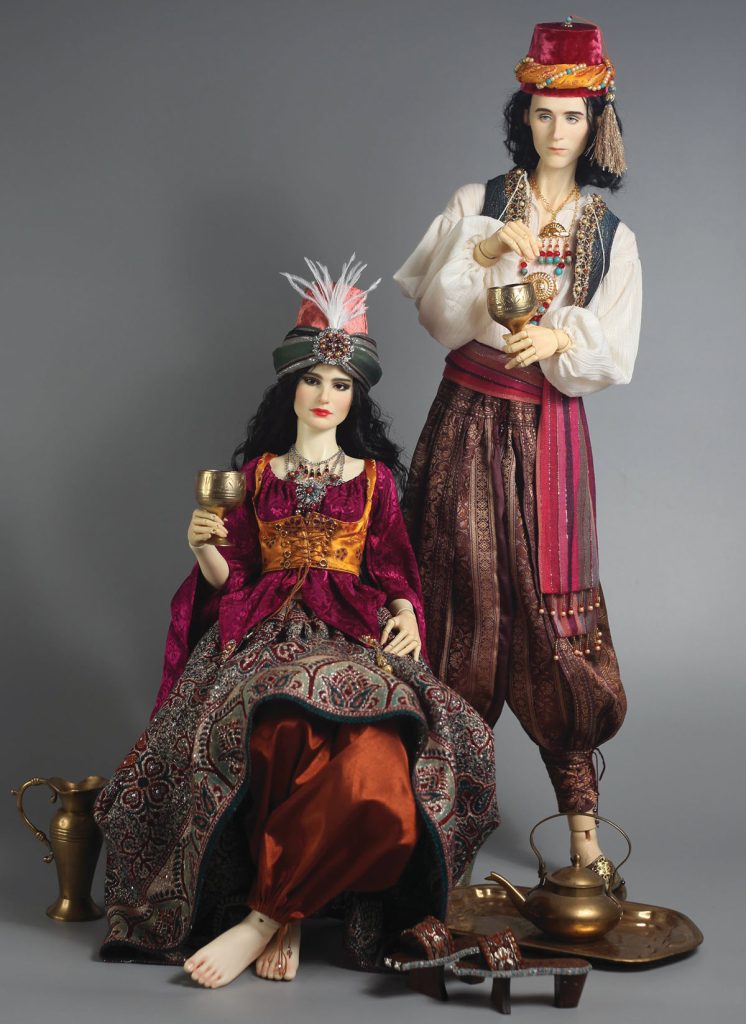
Challenges are inevitable, especially when factoring in international sales, but Ivakhnenko has the support of her husband, children, and friends, which is a crucial component to finding success. She does what she can to make sure fans of her work understand they are appreciated and that customers have a positive experience. “The motives are simple: my own satisfaction with work done, other people’s feedback to my art, and sales,” she said. “I want to make an impact in this world; I want to bring people joy with my dolls.”

